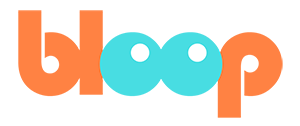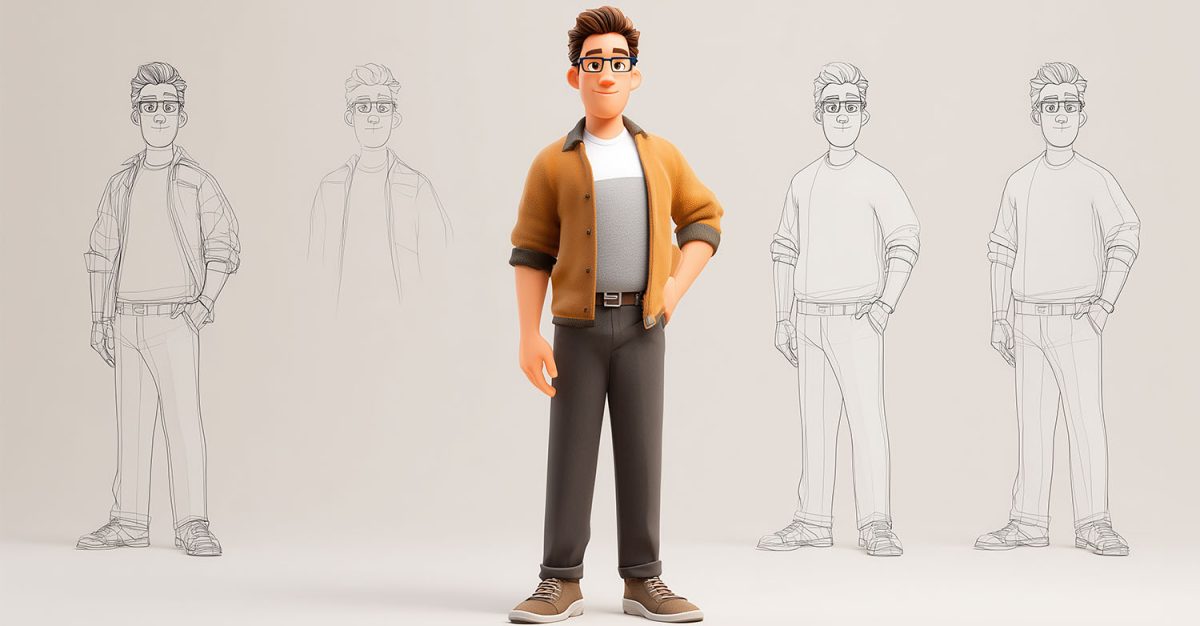Character animation has undergone a remarkable transformation from the 1990s to the 2020s, evolving from traditional hand-drawn techniques to sophisticated digital methods. Let’s delve into the key changes over the last 30 years in animation styles and the software that have shaped this journey.
The 1990s: Traditional Techniques Meet Emerging Digital Tools
In the 1990s, character animation was predominantly hand-drawn, with animators meticulously crafting each frame. This era was characterized by the classic 2D animation style, evident in numerous television shows and films.
Animation Styles
- Hand-Drawn 2D Animation: Dominant in the industry, this style involved drawing each frame by hand, creating fluid and expressive character movements.
- Early 3D Animation: The decade also witnessed the advent of 3D animation, marked by the release of Toy Story in 1995, the first fully computer-generated feature film.
Common Software
- Toonz: A 2D animation software developed in the early ’90s, later adopted by Studio Ghibli for its productions.
- 3D Studio Max: Introduced in 1996, it became a popular choice for 3D modeling and animation, offering a more affordable solution for professionals.
- RenderMan: Developed by Pixar, this rendering software was instrumental in producing Toy Story.
The 2020s: Digital Dominance and Technological Advancements
The 2020s have seen a surge in digital animation, with technology enabling more intricate and lifelike character animations.
Animation Styles
- 2D Digital Animation: While retaining the charm of traditional 2D, digital tools have streamlined the process, allowing for rigging and tweening to enhance efficiency.
- 3D Animation: Now a staple in the industry, 3D animation offers realistic textures, lighting, and physics, creating immersive experiences.
- Hybrid Styles: Combining 2D and 3D elements, hybrid animations offer unique aesthetics, as seen in films like Spider-Man: Into the Spider-Verse.
Common Software
- Autodesk Maya: A leading 3D animation software, Maya offers comprehensive tools for modeling, rigging, and animating characters and we have designed a Maya Animation course to get you started in the industry.
- Blender: An open-source 3D creation suite, Blender has gained popularity for its versatility and cost-effectiveness and that is why we have created a Blender Animation course.
- Moho: A vector-based 2D animation software known for its robust rigging system, facilitating smooth character animations. We have designed a Moho Animation course so that you can do almost anything in the realm of 2D vectors.
- Adobe Character Animator: This software allows real-time animation of 2D characters using motion capture from webcams and microphones. Our Adobe Character Animator course levels the playing field and makes starting animation easy.
The Rise of AI in Animation
Artificial Intelligence has begun to play a significant role in character animation, automating complex processes, increasing speed and aiding with storyboards. Its rise is showing to lead to dramatic changes in the world of animation as we progress through the 2020s.
- Motion Capture and AI: Tools like Adobe Character Animator utilize AI to interpret facial expressions and movements, translating them into character animations in real-time.
- Generative AI: Recent advancements have seen the development of AI models capable of generating character animations, reducing the manual workload for animators.

